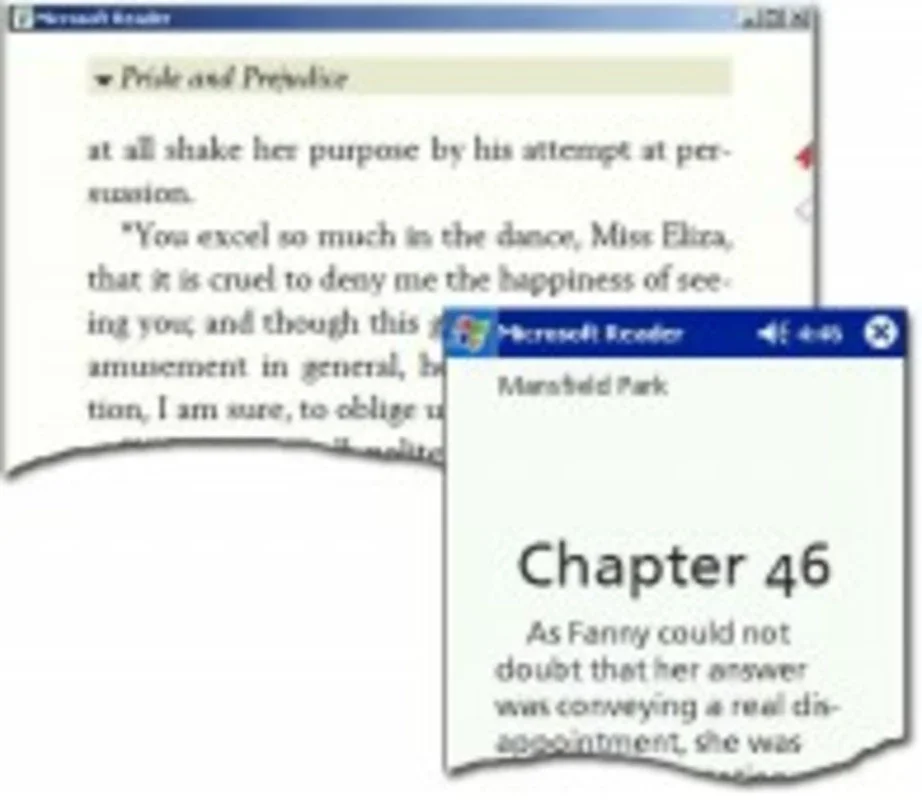Microsoft Reader App Introduction
Microsoft Reader, a now-discontinued application from Microsoft, was a dedicated eBook reader for Windows. While no longer actively supported, its impact on the early days of digital reading remains noteworthy. This guide delves into its features, functionality, and its place in the history of eBook reading technology. We'll explore its strengths, weaknesses, and compare it to modern eBook readers to understand its legacy.
Key Features and Functionality
Microsoft Reader leveraged Microsoft's ClearType technology to render text with exceptional clarity and precision. This resulted in a more comfortable and less eye-straining reading experience compared to many other readers of its time. The software supported a variety of eBook formats, although the exact range varied across versions. Key features included:
- ClearType Display: Superior text rendering for reduced eye strain.
- Direct eBook Downloads: Seamless integration with online eBook stores (though these stores are likely defunct now).
- Library Management: Organize and manage your eBook collection efficiently.
- Multiple Dictionaries: Access multiple dictionaries for quick word lookups.
- Electronic Annotations: Highlight text, add notes, and create bookmarks for easy reference.
- Font Size Adjustment: Customize the font size to suit individual preferences.
- Simple Scrolling: Intuitive and easy-to-use scrolling mechanism.
Comparison with Modern eBook Readers
Compared to modern eBook readers like Kindle, Kobo, and Adobe Digital Editions, Microsoft Reader lacked certain features. Modern readers often offer:
- Wider Format Support: Support for a broader range of eBook formats, including EPUB, MOBI, and PDF.
- Cloud Synchronization: Sync your reading progress and annotations across multiple devices.
- Advanced Features: Features like adjustable brightness, text-to-speech, and integrated online stores.
- Active Development and Support: Ongoing updates, bug fixes, and new features.
However, Microsoft Reader's focus on ClearType and its user-friendly interface made it a compelling option for its time. Its simplicity was a strength, particularly for users who preferred a straightforward reading experience without overwhelming features.
The Legacy of Microsoft Reader
Microsoft Reader's discontinuation marked a shift in Microsoft's strategy regarding eBook reading. The company's focus moved towards integrating reading capabilities into other applications and services. While it's no longer available, its influence on the development of eBook readers is undeniable. Its emphasis on clear text rendering and user-friendly design paved the way for the more sophisticated readers we use today.
Conclusion
Microsoft Reader, despite its discontinuation, holds a significant place in the history of eBook readers. Its focus on clear text display and ease of use made it a popular choice for many users. While modern readers offer more advanced features and broader format support, Microsoft Reader's legacy remains a testament to the importance of a user-friendly and visually comfortable reading experience. Its simplicity and focus on core functionality serve as a reminder that sometimes, less is more.
This detailed exploration of Microsoft Reader provides a comprehensive understanding of its capabilities, its place in the evolution of eBook reading technology, and its comparison to modern alternatives. While no longer available for download, understanding its history offers valuable insights into the development of digital reading.
